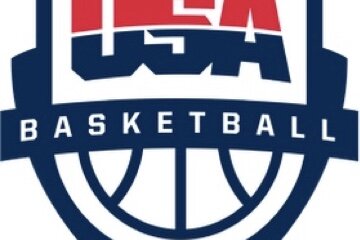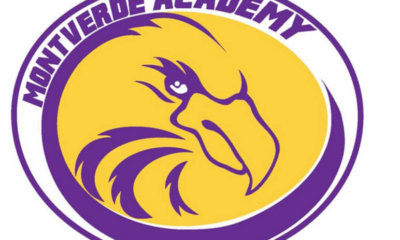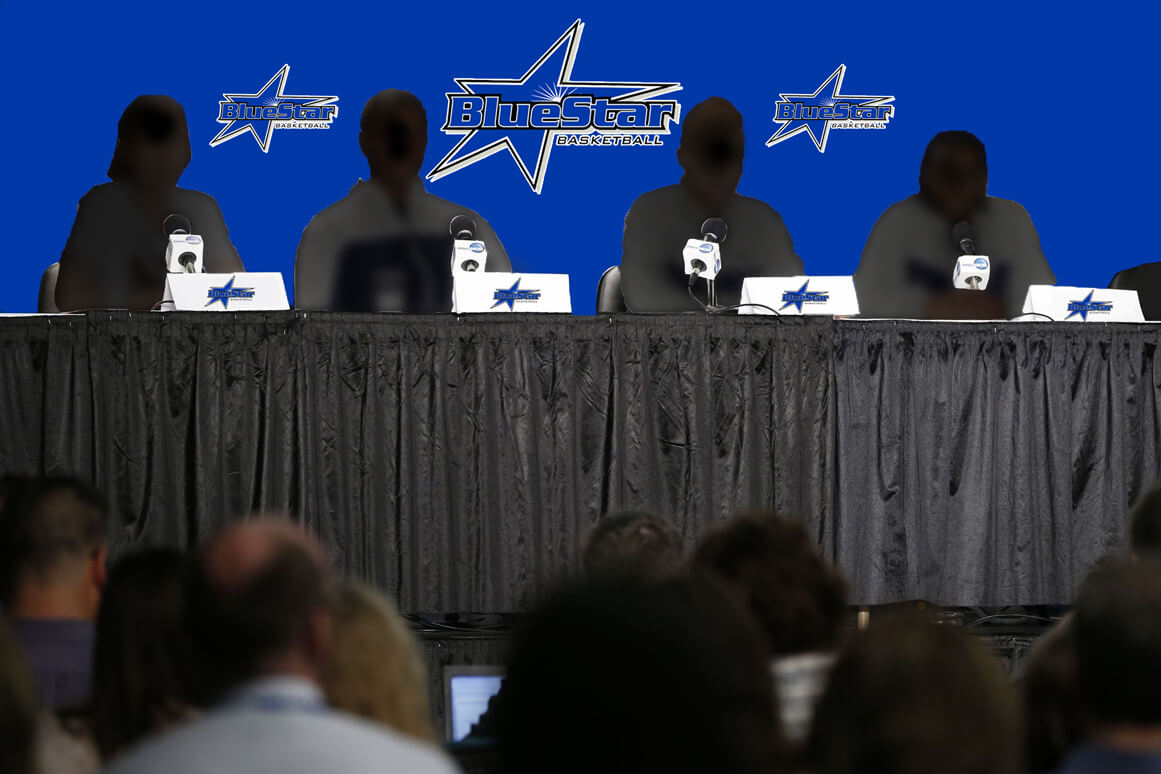I’m probably going to hate what I’m about to write, because I rarely dwell on, much less obsess over, what television entities do and why.
It might be that this grouchy old newspaper refugee is just watching less and less television these days, sports or otherwise. And when I do watch sports, it’s with an eye cultivated from sitting for many years on press row, and not as a ticket-buying fan.
So much of what I read by sports media bloggers and writers about a very powerful industry focuses on the trivial and fleeting. As a very wise acquaintance once wrote, these things just “make you stupid.”
Yet as I have been watching the early stages of the NCAA women’s tournament on the ESPN “family of networks,” I felt myself falling into the “deep trap of temptation” of sportz.
On Sunday, I tweeted out how ESPN initially skimmed over the end-of-game controversy involving North Carolina and Tennessee-Martin. Kara Lawson and Rebecca Lobo eventually slammed that situation and a dubious flagrant foul call that turned the momentum in favor of the Tar Heels, who trailed by 18 points in the second half. 
A while later, I wondered why, with three other games going on, we were subjected to UConn’s entire 43-point drubbing of Prairie View on ESPN. If I wanted to see another option, I had to purchase it from the pay-per-view menu or watch online.
I sounded like a fan having jumped down the rabbit hole, frustrated by ESPN touting how it was showcasing the women’s tournament, but feeling like it was being shoehorned instead.
In reality, the women’s tourney viewing experience is both of those things. Over the years, ESPN has done a solid job of showing the women’s tournament, and the cable giant does a better job than most of developing female on-air talent and treating women’s sports with respect, instead of contempt.
On the day after the women’s brackets were announced, a two-hour tourney special on ESPNU featuring Beth Mowins, Cara Capuano, Debbie Antonelli, Maria Taylor and Brooke Weisbrod truly rocked. This was first-rate stuff, as they analyzed the teams, interviewed top coaches and broke down film with knowledgeable, intelligent conversation.
These women know their stuff, and if ESPN is smart they’ll make a regular habit — perhaps a weekly in-season program? — out of this, like GameDay is for college football and men’s basketball.
When ESPN first got the rights to show all 63 games of the tournament, all games were readily available on its various television platforms.
But that has changed in recent years, and in particular after the rights were renewed in 2011. During the first two rounds of the women’s tourney, most games are available only on one outlet at a time. As the helpful ESPN press release notes, there is the Full Court (PPV) option, as well as ESPN 3 (online streaming), which is available via “computers, smartphones, tablets, Xbox, Apple TV and Roku.”
Roku’s a new one on me, and while I’ve been watching a very high quality HD picture on my iPad for some of these games, I’m not sure how many viewers will do what I do.
I understand ESPN’s limited approach when women’s games are going head-to-head against the men’s tourney. But women’s second-round games, which are played on a Monday and Tuesday, are also siphoned off to ESPN2, with men’s NIT games on ESPN.
My Twitter timeline howled with outrage about this Monday night, and Lawson pushed back a little in response, saying she and Lobo and others you see on-camera don’t make the programming decisions.
She’s right, but the questions remain. Is ESPN really showcasing the women’s tournament, as it claims, or is it being shoehorned, as it seems to quite a few viewers? Why is it so damn hard, and sometimes costs more money beyond an already-pricey cable bill, to watch the games of your choice?
We know why — the ratings aren’t there. But nobody will say this. ESPN doesn’t put programming on its main outlet unless it’s sure of a stronger rating. What’s hard for women’s fans to accept is that more people would rather watch a men’s NIT game than a women’s NCAA tournament game.
Yet how will more people want to watch the women if they’re treated to a steady diet of routs, an overemphasis on elite programs and going-through-the-motions highlights? My issue isn’t with those on the air — I think Lawson and Lobo are outstanding in the studio — but those making the programming and production decisions.
On Monday, ESPN did switch away from Notre Dame’s rout to show DePaul’s upset of Duke, then BYU’s upset of Nebraska and Oklahoma State surprising homestanding Purdue. There were some exceptional, tough, competitive and close games, at least for a while. Most of the usual suspects — including Tennessee and Baylor — did win.
But then you look at attendance figures and wonder why there’s any complaint about television exposure at all. Knoxville, Waco, Lexington and Ames all had second-round crowds in excess of 4,000. On the other hand, fewer than 3,000 were on hand for Duke’s loss at Cameron Indoor Stadium. And in the biggest upset thus far, not even a thousand souls were at Pauley Pavilion for the BYU-Nebraska game.
This is the main reason the women’s tournament will revert to top 16 seeds hosting next year. Sagging NCAA tourney attendance and TV ratings prompted the Ackerman White Paper, and media coverage ostensibly will be discussed at a White Paper Summit at the Final Four.
I hope those who’ve been crabbing on ESPN will be there, and that ESPN will be willing to explain how its coverage has changed.
But we’ve all got to keep in mind that we’re the obsessives — coaches, players, administrators, media people and a few fans — in a sport that’s still desperately searching for a wider audience.
Readers of The New York Times have been upset with that national newspaper’s lack of coverage of the women’s tournament, prompting a response from its female reader editor. As with that print entity, the issue is the same regarding what you may think of what ESPN is doing.
Until more people watch, and go to games, we’ll have this same exasperating discussion the same time next year, and the year after that, and the year after that . . .
Wendy Parker is a sportswriter and web editor who has covered women's basketball since the early 1990s. She is a correspondent for Basketball Times and formerly covered women's and college sports, soccer and the Olympics at The Atlanta Journal-Constitution. She is the author of "Beyond Title IX: The Cultural Laments of Women's Sports," available on Amazon, and the creator of Sports Biblio, a blog about sports books and history.

Latest Articles
-


Christopher Lawlor
/ 2 days agoU16 USA Women’s Basketball National Team roster selected for 2025 FIBA AmeriCup in Mexico from June 16-22
COLORADO SPRINGS, Colo. — USA Basketball announced today the 2025 USA Women’s U16 National...
-
Christopher Lawlor
/ 2 days agoU16 USA Men’s Basketball National Team roster chosen for 2025 FIBA AmeriCup next week in Juarez, Mexico
COLORADO SPRINGS, Colo. – The team is set and now for the games South...
-
Christopher Lawlor
/ 6 days agoNO REGRETS: Chris McNesby steps away from Roman Catholic (PA) basketball gig after second tenure with his alma mater; Bradley Wanamaker takes over coveted post
BENSALEM, Pa. – Chris McNesby has lived many lives within the Philadelphia Catholic League....
-


Events
/ 1 week agoMORE CHANGE: Montverde Academy (FL) hires Anthony Jones from nearby Orlando as girls’ head basketball coach of national program
BENSALEM, Pa. – For the second time in three months, Montverde (Fla.) Academy made...



